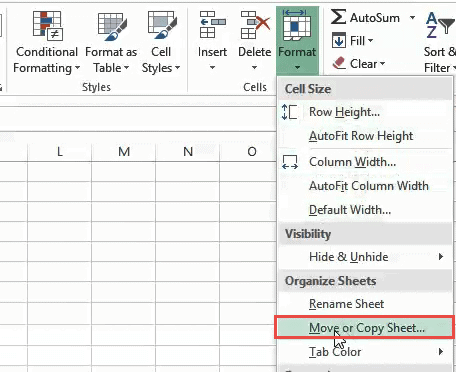Duplicate Excel Sheets Fast: Quick Guide

When dealing with large amounts of data in Microsoft Excel, duplicating sheets can be a significant time-saver for analysis, comparison, or backup purposes. Whether you're working on financial models, project planning, or any other type of data management, knowing how to quickly duplicate sheets can streamline your workflow. This guide will walk you through the steps to duplicate Excel sheets fast, offering tips and methods to enhance your productivity.
The Quickest Method: Using Keyboard Shortcuts

The fastest way to duplicate a sheet in Excel involves keyboard shortcuts. Here’s how to do it:
- Select the sheet you wish to duplicate by clicking on its tab at the bottom of your Excel workbook.
- Hold down the Ctrl key (or ⌘ Command on a Mac).
- While holding Ctrl, click and drag the sheet tab to the desired position.
- Release the mouse button before releasing the Ctrl key. A new tab of the sheet will appear next to the original.
Important Considerations:

- Make sure the workbook is in normal view mode, not Page Layout or Page Break Preview, as these modes might interfere with the tab dragging functionality.
- This method is not available in Excel for the web but works in Excel 2007 and later versions.
Manual Duplication Method

If keyboard shortcuts are not your thing, here’s a straightforward manual method:
- Right-click on the sheet tab you want to duplicate.
- From the dropdown menu, select Move or Copy…
- In the dialog box that appears:
- Choose the workbook where you want the sheet to appear.
- Select the position where the new sheet should be placed.
- Check the box labeled Create a copy.
- Click OK.
Using VBA to Duplicate Sheets

For those who frequently duplicate sheets and are comfortable with Excel’s VBA (Visual Basic for Applications), a macro can be a game-changer:
- Open the Visual Basic Editor by pressing Alt + F11.
- Insert a new module by going to Insert > Module.
- Paste the following VBA code into the module:
Sub DuplicateSheet()
Dim ws As Worksheet
Set ws = ActiveSheet
ws.Copy After:=ws
End Sub
To use this macro:
- Close the VBA editor.
- Go back to Excel and run the macro by pressing Alt + F8 and selecting “DuplicateSheet” from the list of macros.
⚡ Note: VBA macros can enhance your efficiency, but they require enabling macros in Excel, which can be a security risk if not done cautiously.
Advanced Techniques for Duplication

Here are some advanced strategies to consider:
- Using Names: Before duplicating, consider renaming your sheets with meaningful names to track versions or purposes.
- Linking Data: If the duplicated sheet needs to reference data from the original, use named ranges or cell references to ensure accuracy.
- Formatting Consistency: Ensure that your duplicated sheet maintains the formatting of the original to prevent data misinterpretation.
Duplication in Excel isn't just about creating copies; it's about creating useful versions of your data that can help in different contexts or stages of your work. Here are some scenarios where duplicating sheets can be beneficial:
- Version Control: Keep a copy of a worksheet at different stages for version control.
- Scenario Analysis: Duplicate the sheet to test different scenarios without altering the original data.
- Multiple Users: Share different versions of a sheet with team members while preserving the original.
By now, you should feel confident in your ability to duplicate Excel sheets fast, using various methods that suit your workflow and preferences. These techniques can save time and reduce errors, allowing you to work more efficiently with large datasets or complex spreadsheets.
Remember, duplicating sheets isn't just about saving time; it's about creating a structured approach to managing data. Whether you choose to use keyboard shortcuts, manual methods, or macros, the key is to find what works best for your needs, ensuring that your work remains organized and accessible.
Keep in mind that while duplication is a powerful tool, it also introduces complexity, especially when linking sheets or updating information. Regular review and maintenance of your duplicated sheets can help avoid errors and ensure data integrity.
Can I duplicate a sheet to another workbook?

+
Yes, you can duplicate a sheet to another workbook using the ‘Move or Copy’ option or through VBA macros. Ensure the workbook you’re copying to is open if you’re using the manual method.
What happens to macros in a duplicated sheet?

+
When you duplicate a sheet with macros, the macros are not automatically copied. You would need to copy the VBA module separately if you want the macros to function in the duplicated sheet.
How can I quickly name multiple duplicated sheets?

+
While duplicating, you can rename each sheet manually. For multiple sheets, consider using VBA to rename them programmatically based on a pattern or incrementing number.